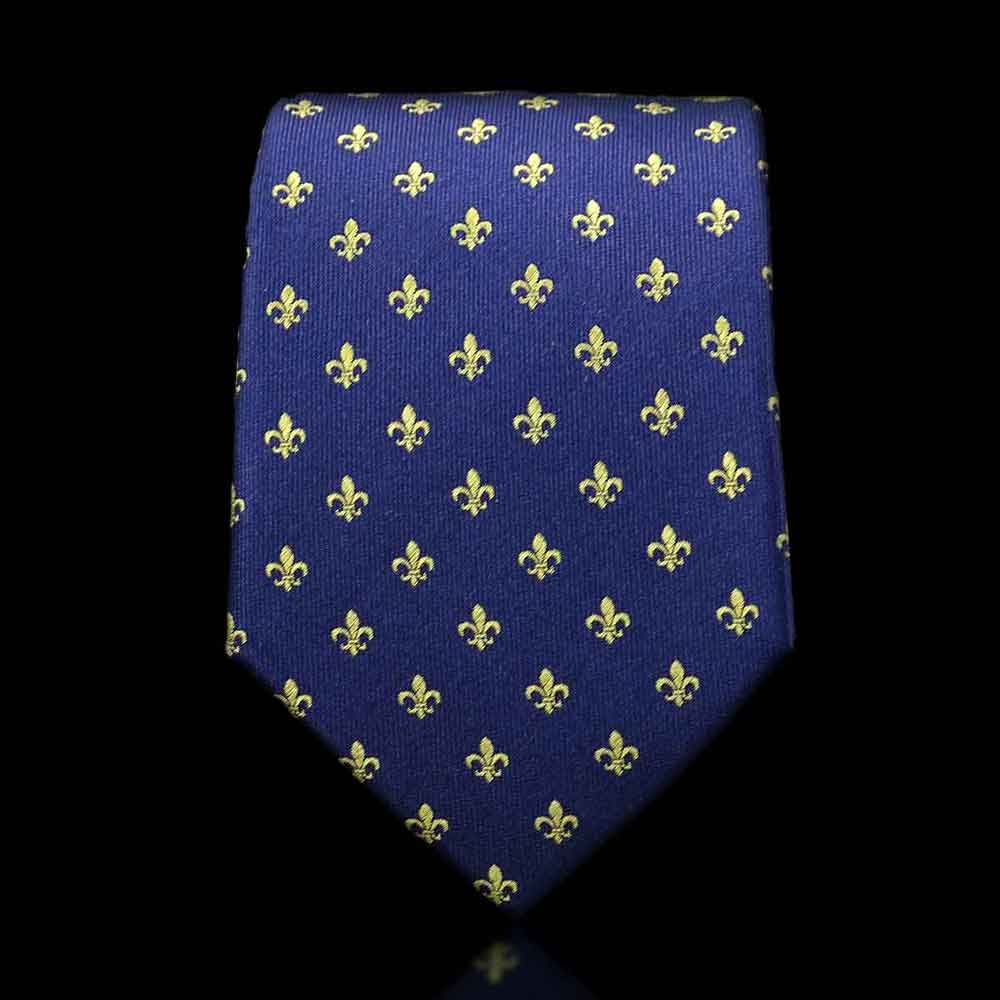The History of Ties
As a fashion accessory, the tie is an integral part of many male outfits. But where does this tradition come from and how has the tie evolved over time?
The history of the tie dates back to the 17th century. At that time, fashionable accessories such as scarves and handkerchiefs were very popular in Europe. In France, men wore long, narrow strips of fabric around their necks, which were called cravats. These cravats were worn by nobles and wealthy citizens as a fashion statement.
During the 18th century, cravats became increasingly elaborate, adorned with lace, embroidery, and other decorations. They also became wider and came in various colors and patterns. In the early 19th century, the modern necktie finally emerged, which was narrower and simpler in design than the ornate cravats of the 18th century.
The necktie quickly became an important part of men's attire, especially in business and formal occasions. In the United States, neckties were first seen as an important part of business attire in the 1920s. In the 1950s, the necktie reached its peak of popularity and was worn by almost all men.
Today, the tie is still an important part of men's outfits, although fashion trends have changed and ties are not worn as frequently as before. Nevertheless, the tie is still considered a symbol of elegance and style and is an essential accessory for many formal occasions.
Creation by Tie Solution GmbH
More information also available at Tie Wikipedia


